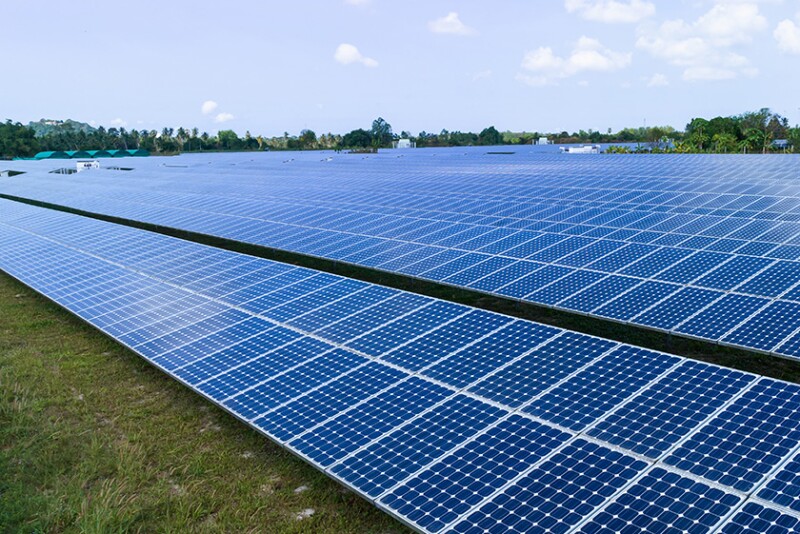
(Photo: SHUTTER DIN, Adobe Stock)
From trade and deregulation to alternative land uses and cash rent prices, ag economists have no shortage of issues on their radar for 2025.
This past year was definitely full of surprises, but there were also happenings in agriculture that economists warned about at the end of 2023.
The bleak outlook for commodity prices, along with elevated interest rates, created a downturn in the ag economy, which is something many economists warned would happen. It’s the speed of which margins crumbled that might have been the bigger surprise.
The latest Ag Economists’ Monthly Monitor asked economists if the U.S. was either in a recession or on the brink of one. The majority of ag economists say U.S. agriculture is ending the year in a recession.
- 56% of ag economists responded by saying agriculture is currently in a recession, which is up from the 53% who responded that way in October.
- 81% of economists surveyed said the U.S ag economy is on the brink of a recession, which is a significant jump from the 56% of economists who responded that way in the October survey.
One occurrence that wasn’t on anyone’s radar in 2023: H5N1. What was first thought to be a mystery illness impacting dairy herds in Texas was later confirmed as Highly Pathogenic Avian Flu, the first time the disease was detected in mammals.
At the end of 2024, what are economists watching in 2025? In Farm Journal’s latest Ag Economists’ Monthly Monitor, we asked economists: “What’s the one factor impacting the ag economy that’s not being talked about or covered by the media enough right now?”
From trade to deregulation plus numerous unknowns in a new administration, economists have no shortage of issues they’re watching in the new year.
Here’s What Economists Are Saying:
- “The media seems consumed with the negatives of a Trump administration/Republican trifecta. It’s certainly good to be aware of the challenges with any political transition, but more forward thinking on what is positive, would be helpful: the outlook for taxes, biofuels policy, trade deals with agriculture included, deregulation all seem to be potential positives we could be talking about more.”
- “Prospective tariff war is being downplayed, despite published research measuring expected range of damage.”
- “Farmer attitudes toward alternative land use: CRP, solar and other forms to help diversify incomes.”
- “Policy uncertainty is high right now. Will tariffs be imposed and if so, what will be the reaction of other countries? Will the new Administration take regulatory actions that favor or hurt the biofuel industry? What will be the outcome of debates over tax and budgetary policy? Will economic assistance to the farm sector be approved during the lame duck session or in early 2025? What about a new farm bill? Many people are making assumptions about how these questions will be answered, but we don’t know.”
- “Farm income varies greatly by region. While we often focus on the Midwest and the financial health of that region, it is also important to notice that regions in the southern U.S. are really struggling.” It is also important to watch what production adjustments producers make to cope with today’s tighter operating margins?
- “Could federal budget cuts/austerity dramatically change/reduce the federal farm income safety net?”
- “Cash rent prices staying constant during a downturn in crop prices.”
- “Let’s be clear — the clean fuels tax credit goes to the fuel producer, not the farmer. It enables market access into the biofuels market for the farm economy, but the ability for the farm economy to capitalize upon it is hamstrung by credit levels that have incentivized large inflows of foreign feedstocks at the expense of literally homegrown feedstocks like SBO.”
- “The Brazil real is depreciating, which eventually leads to more U.S. competition.”
- “China, Europe, Mexico and others know what to expect out of Trump. They’ve seen it before. Everyone is discounting the possibility that Trump’s tariff threat could result in some pre-emptive trade agreements that benefit us here in the states. The U.S. is the biggest buyer of consumer goods in the world. They can’t afford to cut us off. Note that I said consumer goods, not commodities.”
Article courtesy of Tyne Morgan via Agweb.com


















